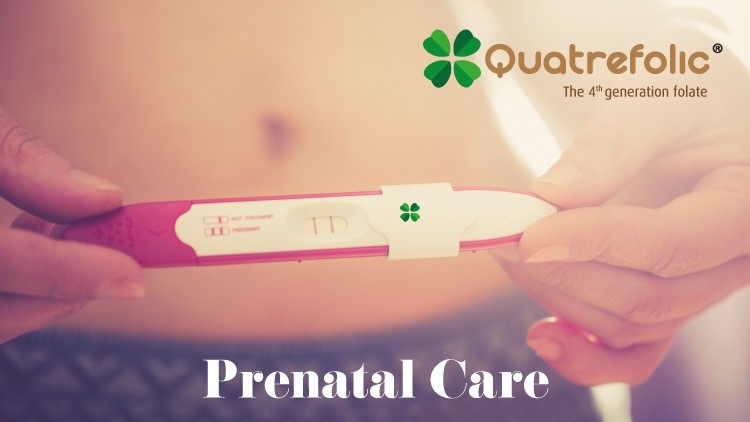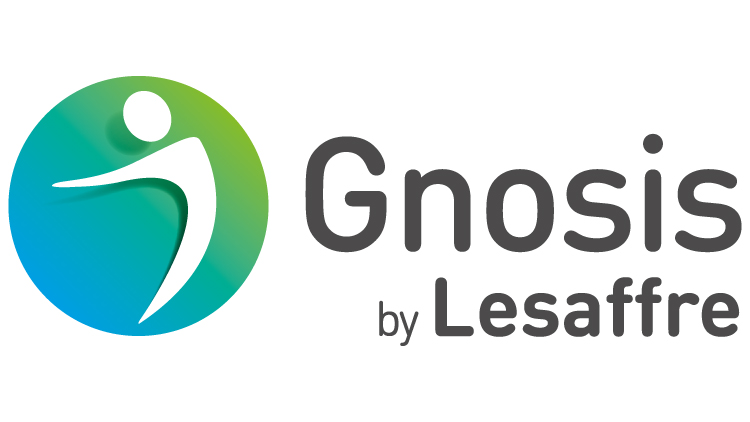Technical / White Paper
Prenatal care: Quatrefolic® the active folate

You can get folic acid from vitamins and fortified foods, such as bread, pasta, and cereals. Folate is found naturally in foods such as leafy green vegetables, oranges, and beans.
Pregnant women have a 5–10-fold higher requirement of folate than non-pregnant women. Folate is needed in cell growth, cell division, cell synthesis, and repair of DNA. During pregnancy, folate requirements increase to support embryonic and fetal development and maternal tissue growth, but also to reduce the risk of low birth weight, preterm birth, elevated homocysteine levels, and related adverse pregnancy outcomes. The indication is to take folate 3 months before conception and continue at least for the first 3 months of pregnancy to protect from the risk of a baby with Neural Tube Defects (NTD), a malformation that develops in the first 28 days of pregnancy – before many women even know that they are pregnant(22, 23).
Folate deficiency and availability may be contributing factors to renal impairment. Supplementation with active folates, such as Quatrefolic®, may help, replacing the right folate level and normalizing homocysteine.
How may Quatrefolic® help renal function?
In people experiencing chronic kidney impairment – an estimated global prevalence of between 11 and 13% – folate deficiency may be a contributing factor to renal impairment.
Download the new dedicated issue of Quatrefolic® 360° to learn more about:
What is the role of active folate 5-MTHF in the kidneys;
What is the link between folate, homocysteine, and kidney disease;
How folate supplementation can be a vital contributor to renal function; and
Market opportunities to follow.







